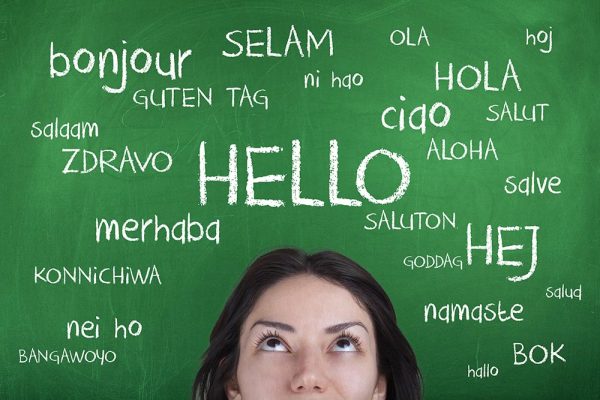When it comes to video accessibility for deaf and hard of hearing viewers, there are typically two options that comes to mind: BSL interpretation and subtitling. But what is the difference? Why do viewers choose one over the other? How do you add BSL interpretation or closed captioning to your videos? In answer to some of these questions, in this weeks, blog, let’s look a little more in depth at interpreting and subtitling services for deaf viewers.
Video Options – BSL Interpreting and Subtitle Services
At first glance, the differences between BSL interpreting and subtitling can seem obvious. However, things may not be that simple. A video featuring BSL accessibility will have video of an interpreter on the bottom right hand corner of the screen. The footage will be either boxed in or preferably, superimposed using green-screen and video editing. In contrast, a subtitled video will feature timed text which appears onscreen in sync with speech. However, there are some other important differences to note in terms of the two options.
Differences Between BSL and Subtitling for Video Accessibility
- BSL interpreting can work similarly to translation. There are syntactical differences in the way BSL is structured. As a result, the information viewers receive won’t be a literal relay on what’s said onscreen. Rather, the content will be will be translated and localised as appropriate. In contrast, monolingual subtitles and closed captions are literal and in most cases, should be written verbatim.
- In terms of accessibility, BSL, closed captioning and subtitling approach sound effects and speaker identifications in different ways. Subtitles are typically used for translation, and only dialogue may be included. In contrast, closed captions include detailed information on sound effects, song lyrics, speaker identifications and even hard to read onscreen graphics or text. In terms of BSL in group conversations, speakers are typically identified by visual placement. A tone or character can sometimes also be set as to who is speaking by looking at the interpreter’s face. BSL interpreters may convey sound effects through signing, but this isn’t always the case.
- Another powerful difference between BSL and captions is in an interpreter’s ability to convey emotion and tone. So, whilst there are linguistic devices to portray emotions sarcasm, joy, sadness, confusion, etc, when it comes to showing emotion, the human connection will never be as strong when using written word. Misunderstandings more easily happen when reading text, and sometimes the tone may be altered depending on a reader’s perceptions or personal opinions. In contrast, BSL interpreters use an amazing array of facial expressions and work with body language to ensure messages get across to viewers exactly as they are intended.
BSL and Subtitle Audiences
Whilst it may at first seem that the audiences for videos with BSL interpreting and subtitling services may be identical, this is often not the case.
Videos featuring British sign language can be seen to specifically target BSL users – who may or may not be deaf or hard of hearing. Remember, not every deaf person uses BSL. These types of videos can also be useful for students learning BSL. In terms of making video accessible to deaf viewers, the most popular approach is to use closed captioning. Therefore, closed captions feature verbatim speech, sound descriptions and speaker identifications as required. All of these are essential in terms of accessibility.
An enormous range of audiences may use subtitles. They are often used for translation purposes and therefore, don’t typically include any additional sound description outside of dialogue transcription. Viewers use subtitles in a number of situations. Viewers may be foreign; the video may be displayed in a noisy public environment or the viewer may be using the subtitles to learn a foreign language or to improve focus. Additionally, as in recent times viewers increasingly watch videos with no sound, YouTube and Facebook videos should include subtitles.
Why subtitle BSL content?
The idea of subtitling BSL content may seem strange to hearing people. Surely BSL alone is enough for deaf viewers; why use subtitles on videos made using British Sign Language? Well, the truth is not all deaf viewers know BSL, and just as sound should be accessible to all viewers, the chance to engage with BSL video content should also be available to all.
In summary, subtitling videos that use sign language can be an amazing way of bridging the communication gap between hearing and hard of hearing viewers. As a result of subtitling, videos using sign language can achieve a much wider global reach. This can lead to more views and better SEO. Viewers can also use the content to improve and encourage people to learn sign language.
For an example of some of our YouTube subtitling for BSL, check out Aaron Makepeace’s music video to H.I.M, The Path. Not only is the video awesome, but it also has a really important message about disabled children’s rights to support and a better education. Check it out below!
If you’d like to subtitle your BSL videos or to add BSL interpreting, don’t hesitate to contact us on 01634 867131, through our quote page.
Alternatively, email us at info@capitalcaptions.com for your quote today.











Comments are closed.